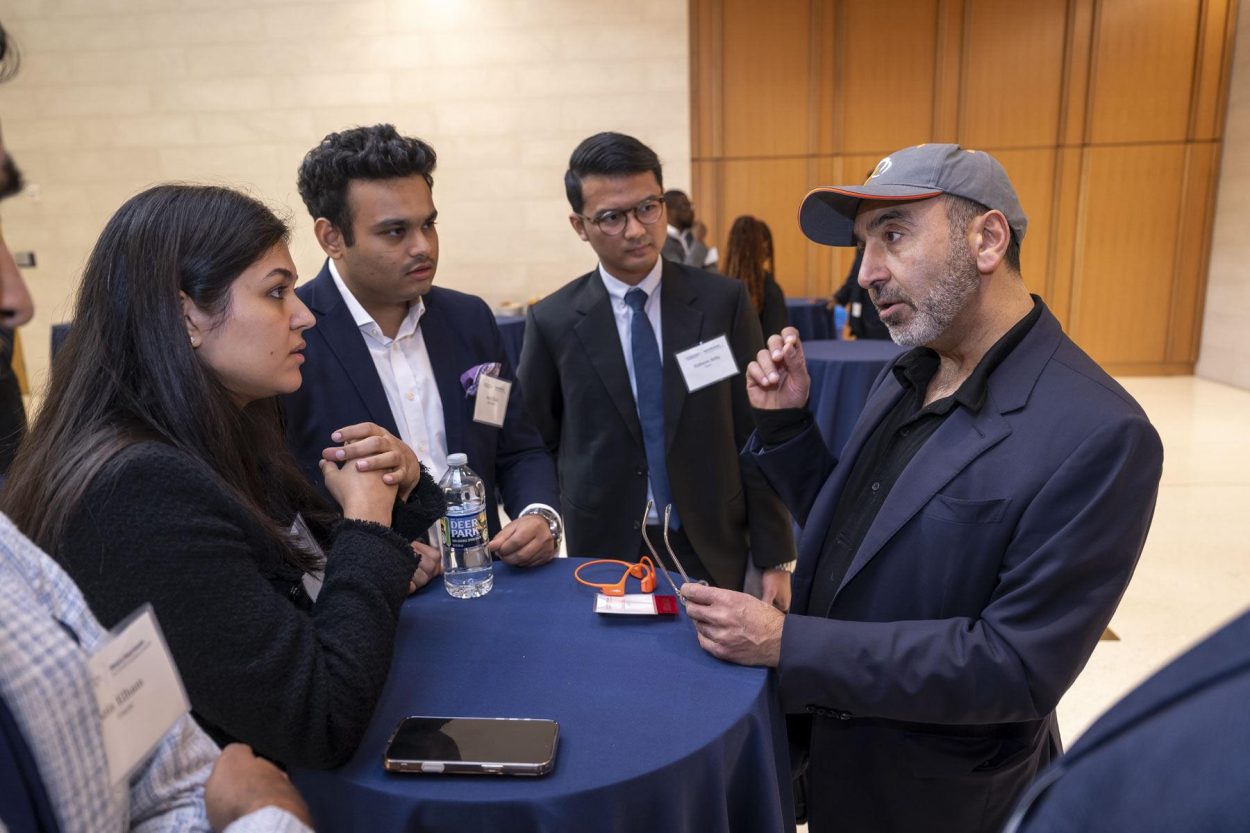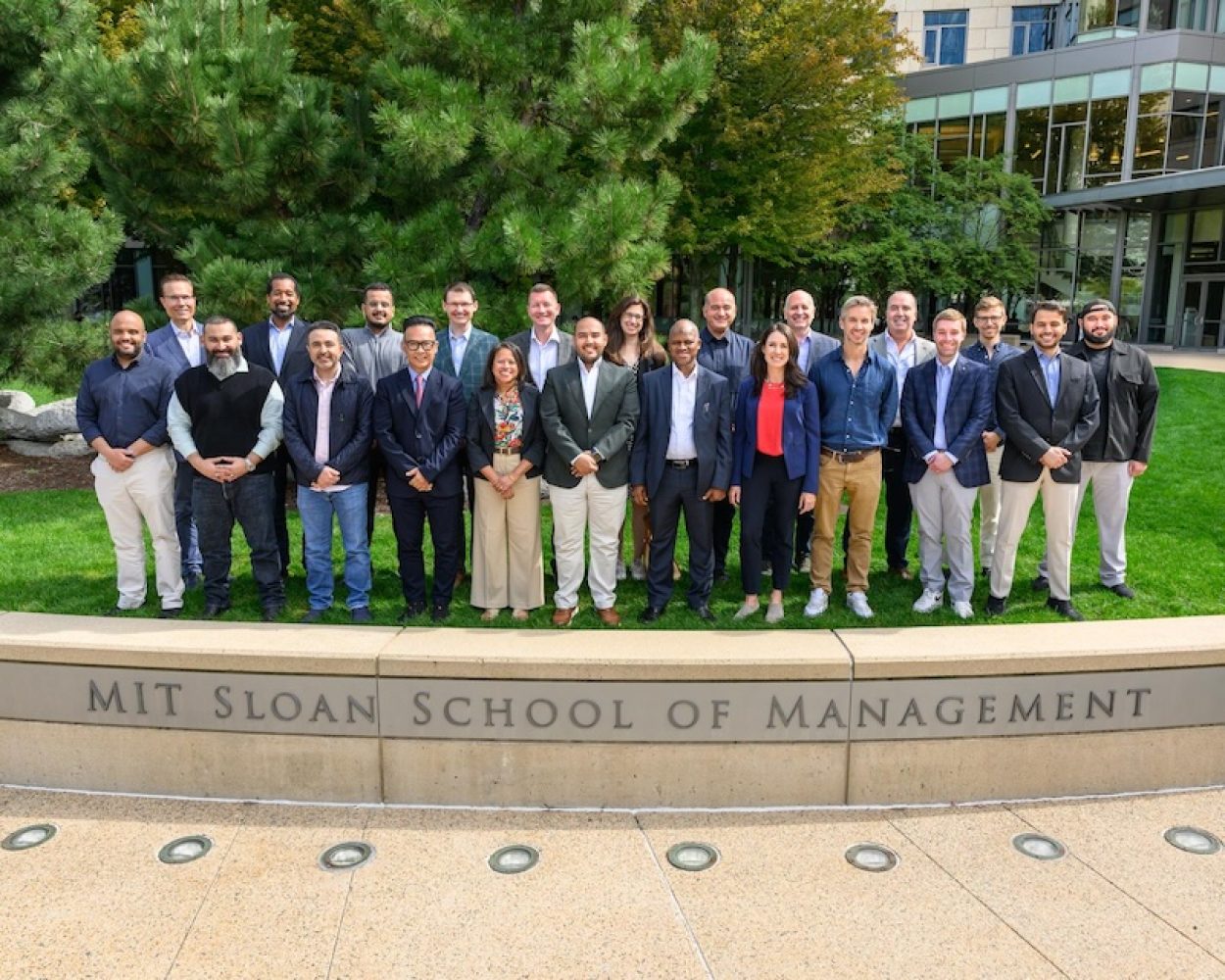Authors:
William C. Wheaton
Department of Economics
MIT Center for Real Estate
Anne Kinsella Thompson
MIT Center for Real Estate
Abstract:
It has been 70 days since the first case of Covid-19 was detected in the US. Since then it has spread and grown in all but 2 of 376 MSAs and all but 45 of the 636 counties that are contained in these MSA. In this paper we examine the determinants of how rapidly the virus grows once it has been seeded within a MSA or county. We find virus cases can be well predicted by area population, as well as days-since-onset. In the data, virus cases scale almost proportionately with population, and excluding population significantly changes the impact of days-since-onset. Growth is also related to residential density and per capita income, particularly at the county level. There are weaker relationships to MSA average household size, per capita income, and the fraction of the population that is over 65. These results come from parameterizing a simple power function model of cumulative infections since onset. This is shifted proportionately by the various MSA/County covariates. We also experiment with restricting the sample of areas so as to have a minimum number of cases – equal to .01% of the area’s population. This effectively focuses on the more advanced part of the virus growth curve. Here we find a significant further decrease in the coefficient of days-since-onset. This is preliminary evidence that the virus growth is tapering. We intend to repeat our analysis as time progresses.



